Mystery of the Month: Shakespeare's Missing Skull
Alas poor shakespeare! What became of the bard's missing skull?
Rumours that Shakespeare's skull was stolen from his grave had circulated for years. Then in 2016...the truth was revealed...or was it? Read on, to discover the strange case of Shakespeare's Missing Skull...
“Alas, poor Yorick…”
One of Shakespeare’s most famous lines is spoken by Hamlet, whilst holding the skull of a court jester he knew in childhood. And in an ironic twist of fate, a high-tech scan of Shakespeare’s grave in 2016 showed that something important was missing – the Bard’s skull! So what happened to the skull of the world’s most famous playwright?
Final Resting Place
Historians have argued for centuries over Shakespeare’s final resting place at Holy Trinity Church, Stratford. For many years it was believed that the Shakespeare family were buried in a vault, but the 2016 survey found that their bodies were actually in a shallow grave beneath the church floor. The lack of metal found at the grave site suggests the bodies weren’t buried in coffins, but were simply wrapped in shrouds, a common practice at the time. Interestingly, this is why ghosts are often depicted as a white sheet – it was believed that spirits rising from the dead would still be wearing the shroud they were buried in.

The Mystery Begins
The first reference to the theft of Shakespeare’s skull appeared in a magazine article in 1879, which claimed the skull had been stolen by grave robbers a hundred years earlier at the behest of a wealthy collector. The robbers allegedly became spooked and re-buried the skull at nearby St Leonard’s Church in Beoley. However the 2016 survey investigated the so-called “Beoley Skull” actually belonged to a 70 year old woman – the mystery of the missing skull remained!
Skullduggery?
So what happened to Shakespeare’s skull? Stealing body parts was a popular practice in the 18th and 19th centuries – Mozart and Napoleon also had body parts stolen from their graves. Some skulls were stolen in the interests of science, like that of the composer Joseph Haydn. One of Haydn’s friends had a keen interest in phrenology, and paid a gravedigger to steal Haydn’s skull only days after the composer died – he then kept it in his house for years! Some were taken by trophy hunters, like that of the Apache chief Geronimo – whose skull is believed to have been stolen by members of Yale University’s Secret Society in 1918.
Or maybe it was simply stolen by a fan, who wanted to recreate one of the Bard’s most famous scenes – with the skull of the author himself!

Will the mystery of Shakespeare’s missing skull ever be solved? The chilling inscription on his final resting place reads: “Blessed be the man that spares these stones, And cursed be he that moves my bones." – maybe The Bard had a premonition that his remains would one day be a target for trophy hunters. Meanwhile, the whereabouts of Shakespeare’s skull remains a true historical head-scratcher!







 FREE SHIPPING
FREE SHIPPING





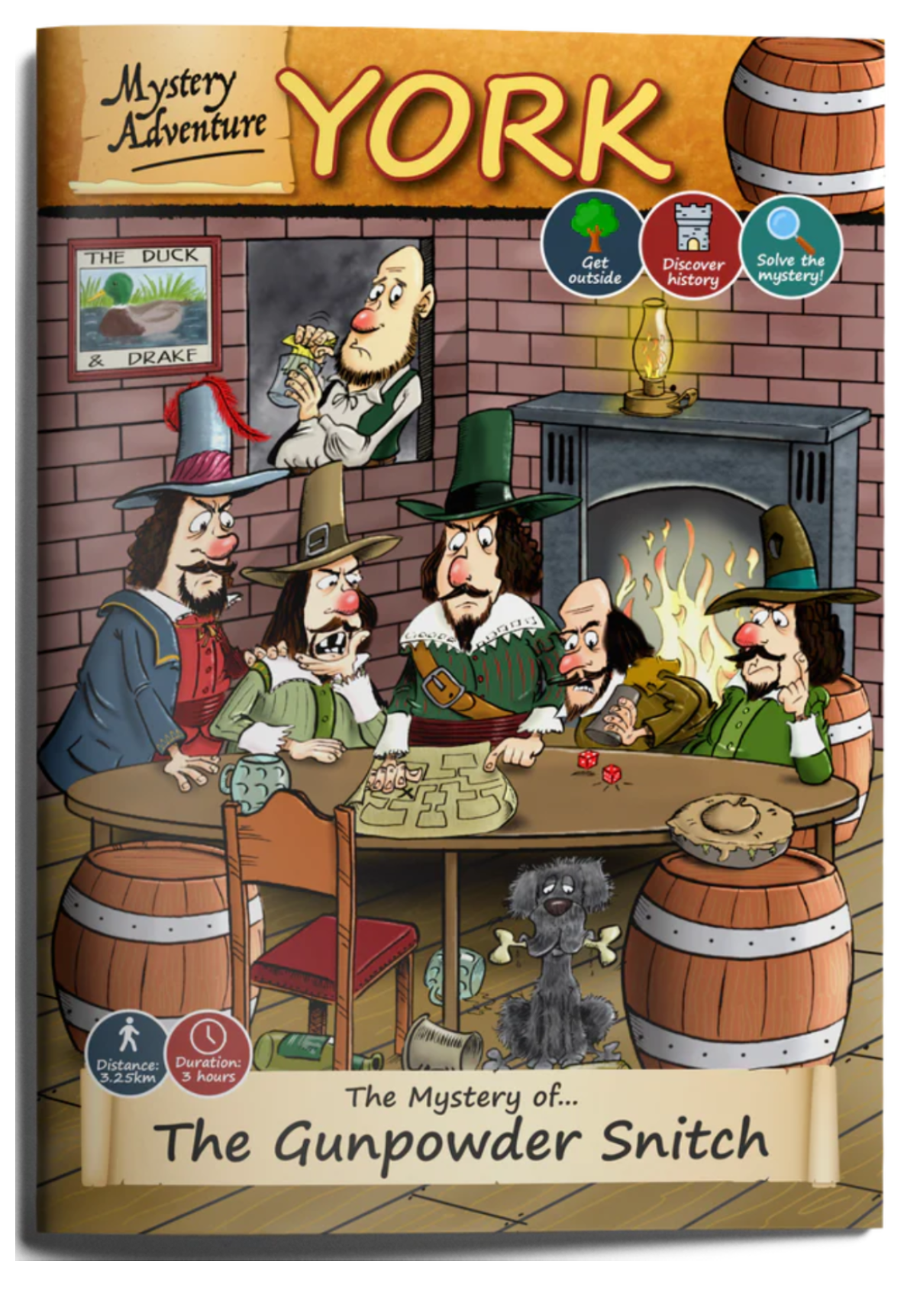

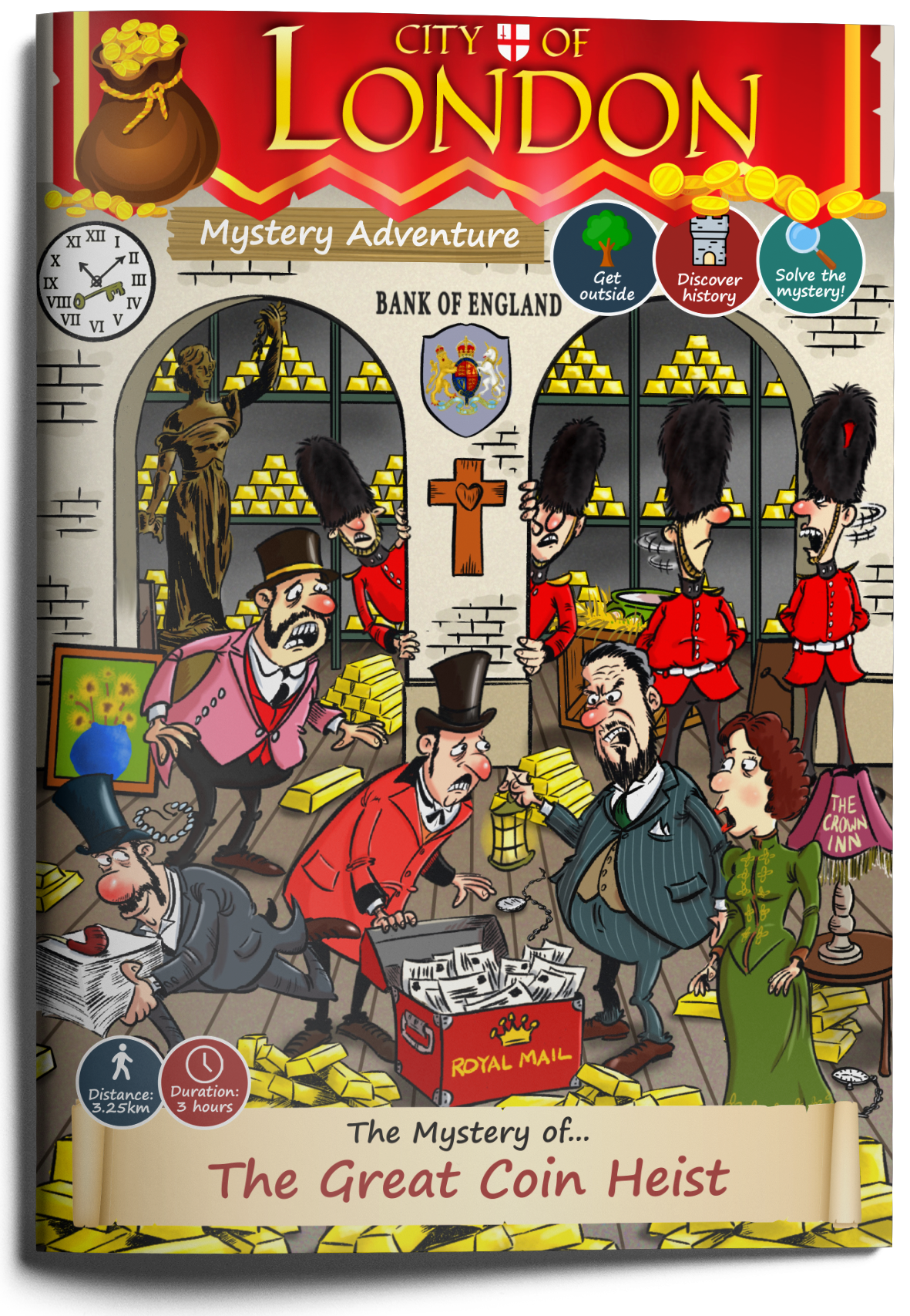

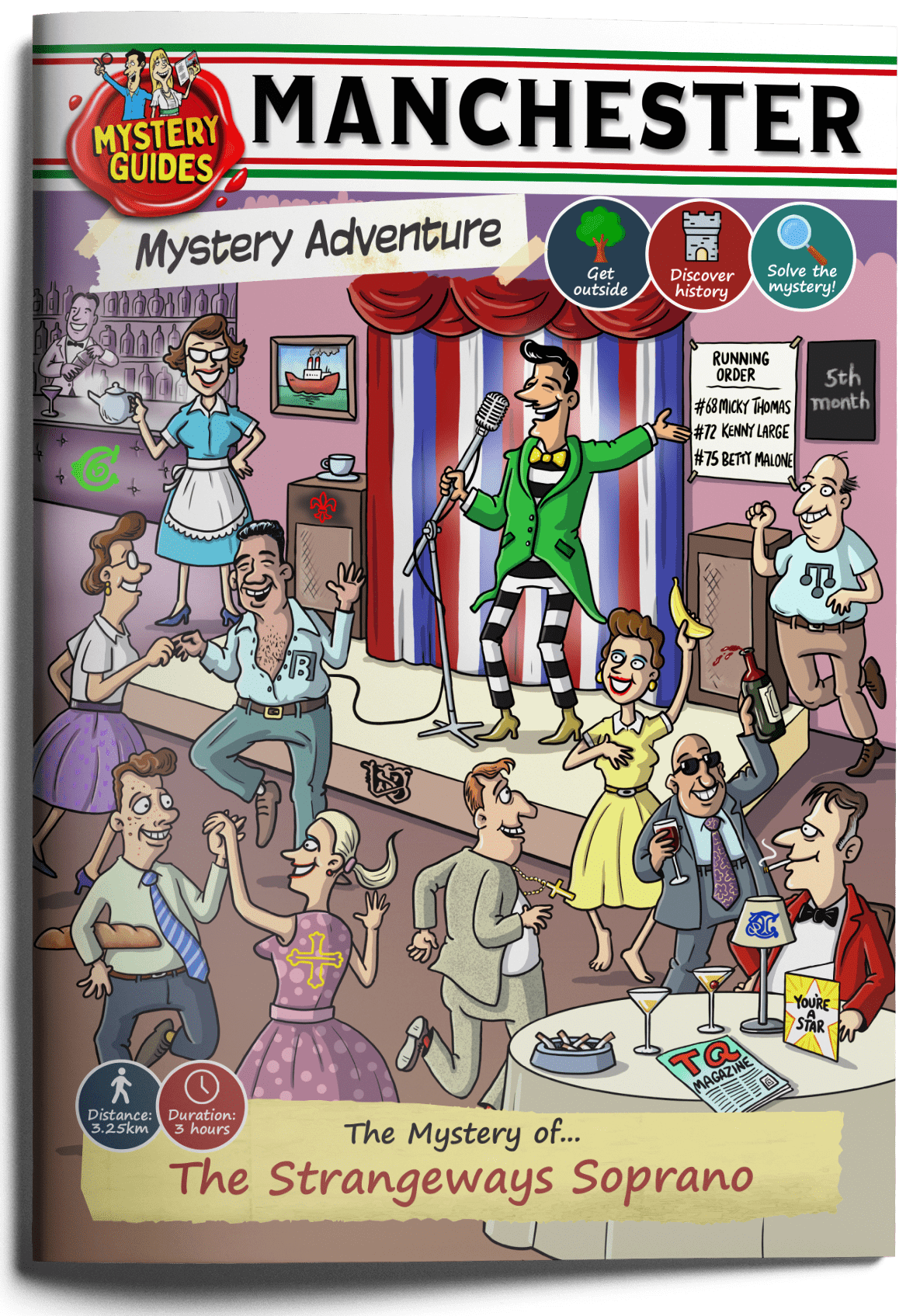
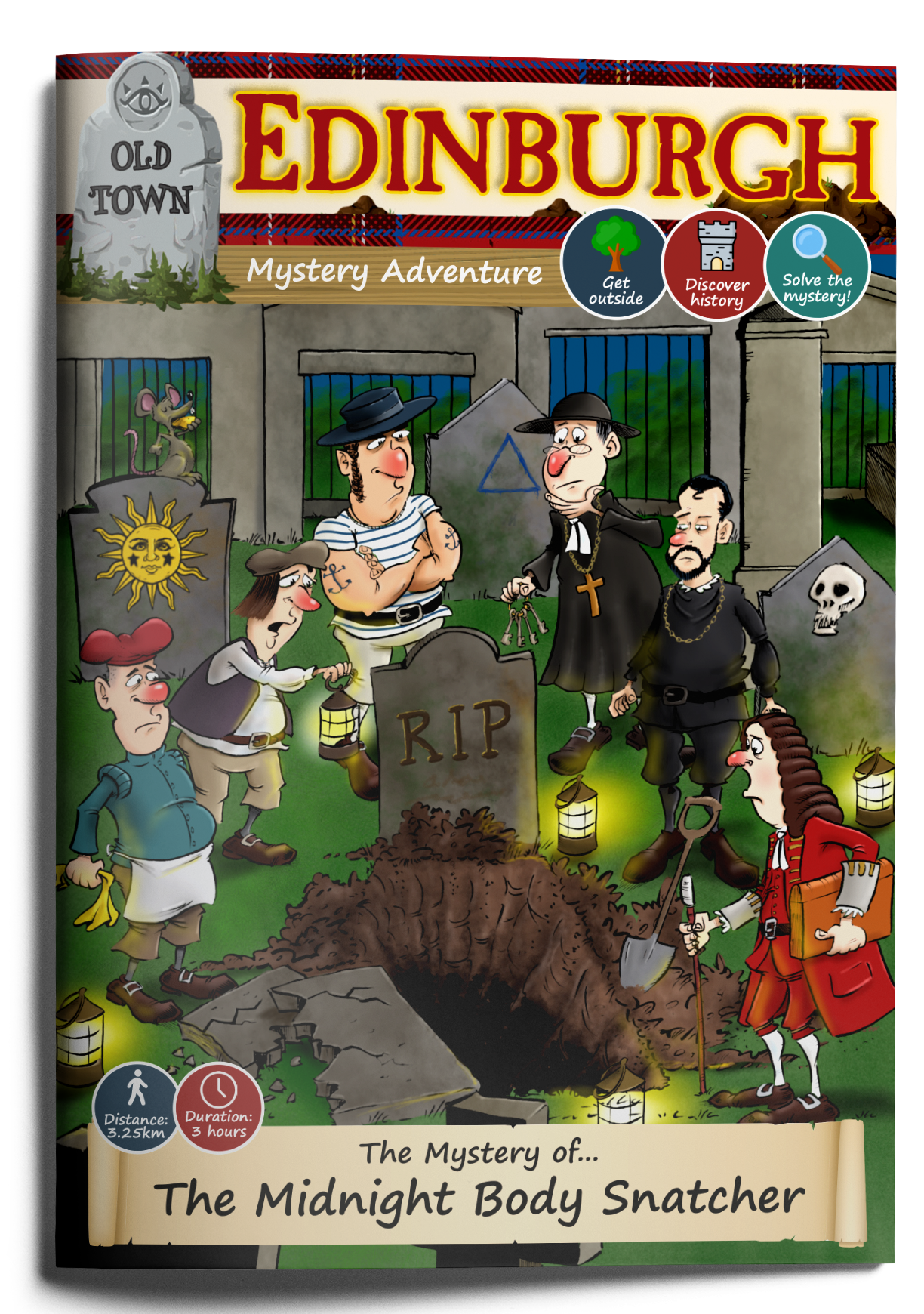
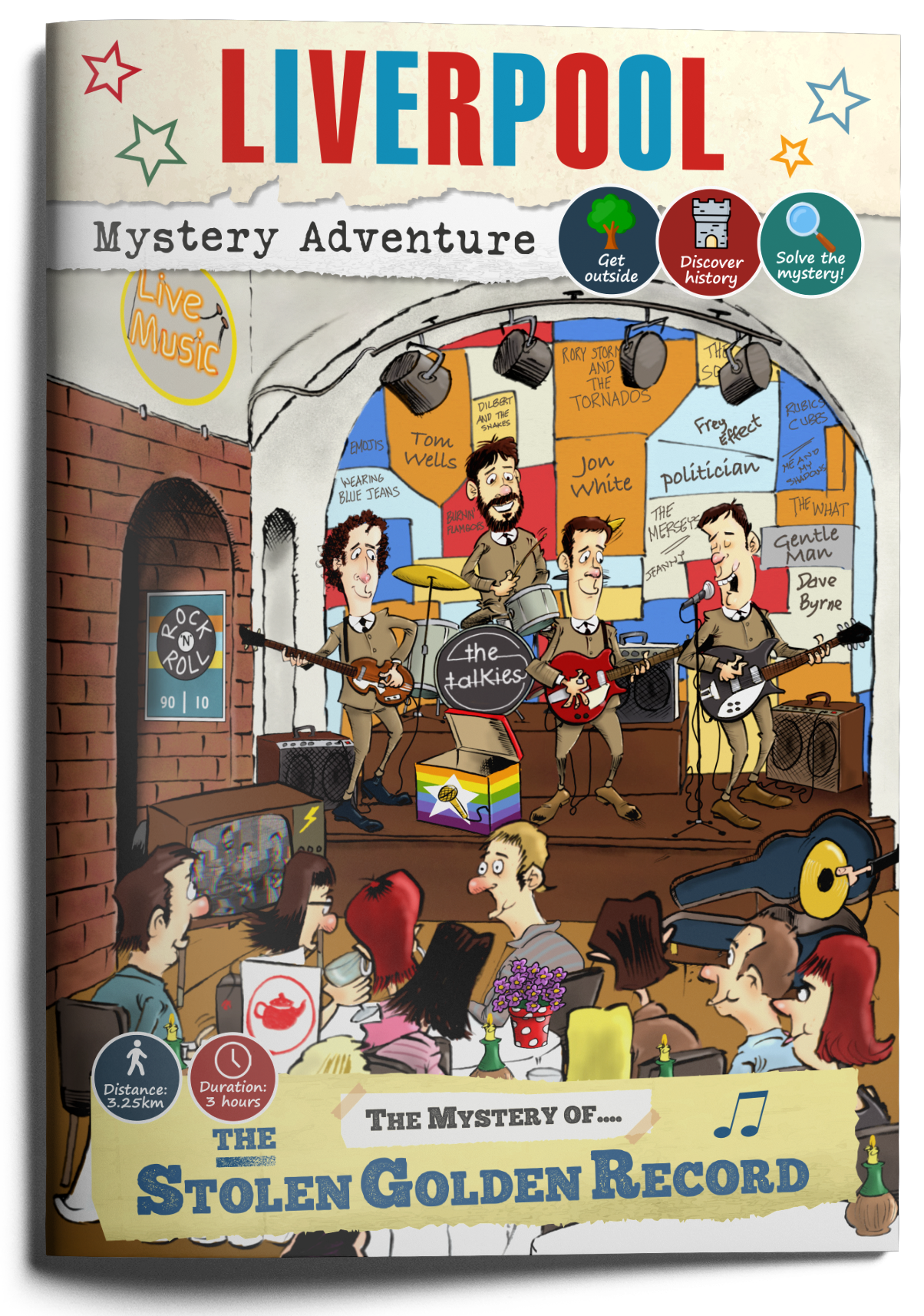





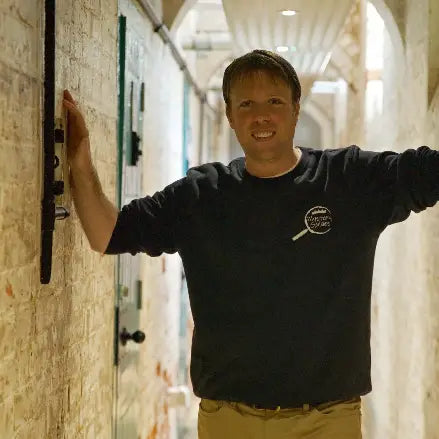

 Get exclusive discounts
Get exclusive discounts



 Checkout
Checkout